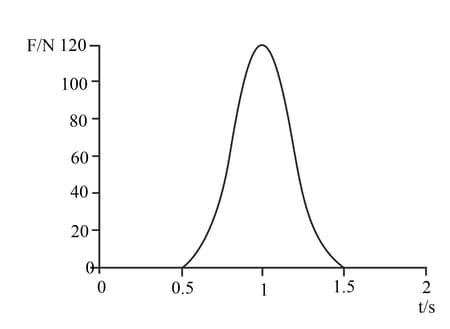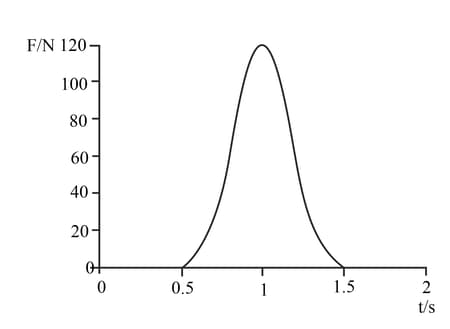K A Tsokos Solutions for Chapter: Mechanics, Exercise 4: Test yourself
K A Tsokos Physics Solutions for Exercise - K A Tsokos Solutions for Chapter: Mechanics, Exercise 4: Test yourself
Attempt the practice questions on Chapter 2: Mechanics, Exercise 4: Test yourself with hints and solutions to strengthen your understanding. Physics for the IB Diploma 6th Edition solutions are prepared by Experienced Embibe Experts.
Questions from K A Tsokos Solutions for Chapter: Mechanics, Exercise 4: Test yourself with Hints & Solutions
A ball of mass is dropped from the height of and rebounds to a height of .The ball is contact with the floor for the time time interval . The average net force on the ball is given by .If , , and . Calculate the average force by the ball on the floor (In newton).
A ball of mass moving vertically hits a horizontal floor normally with a speed and rebounds with speed . The ball was in contact with the floor for time . Show that the average force on the ball by the floor during the collision is given by .
A ball of mass moving vertically hits a horizontal floor normally with a speed and rebounds with speed . The ball was in contact with the floor for time . Find the expression of average net force on the ball.
The diagram shows the variation in time of the force exerted on the ball as the ball came into contact with a spring.

For how long was the spring in contact with the ball ?
The diagram shows the variation in time of the force exerted on the ball as the ball came into contact with a spring.

Estimate the magnitude of change in momentum (in ) of the ball.
The diagram shows the variation in time of the force exerted on the ball as the ball came into contact with a spring.

What was the average force that was exerted on the ball?
Gievn area under the curve is
Two masses of and are held in place, compressing a spring between them. When they are released the moves away with the speed of . What was the energy (in Joules) stored in the spring?
A rocket in space where gravity is negligible has a mass (including fuel) of . It is desired to give the rocket an average acceleration of during the first second of firing the engine. The gases leave the rocket at the speed of (relative to the rocket). Estimate how much fuel (in kg) must be burnt in that second?
